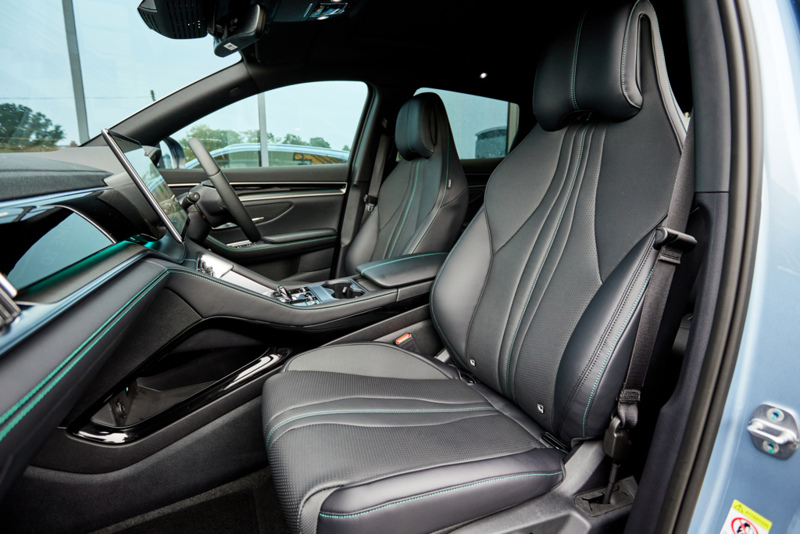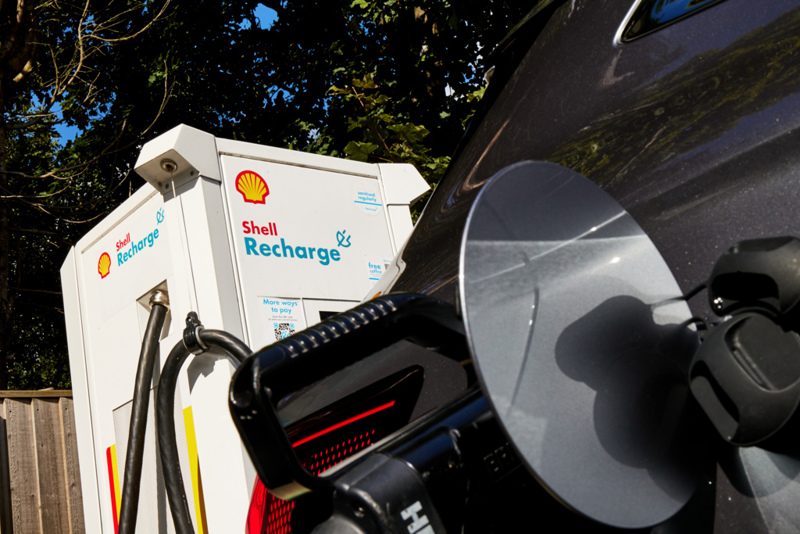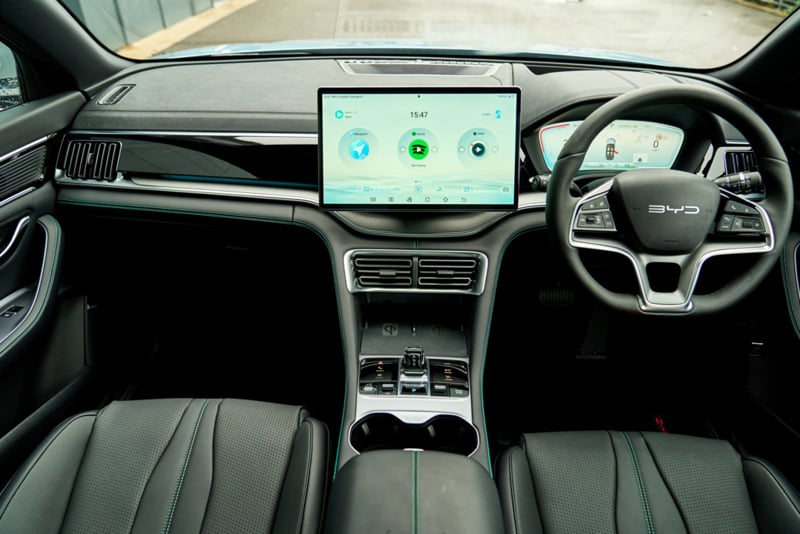The Chinese firm BYD is still building awareness in the UK and its initial activity has been focused on informing consumers about its electric cars.
But now it is broadening its line-up, with the introduction of its first plug-in hybrid (PHEV), the BYD Seal U DM-i.
Automotive Management has been to test drive the BYD Seal U DM-i and hear from the brand’s senior executives about their ambitions.
The network of BYD dealerships is continuing to grow in the UK, with the likes of DM Keith, Harwoods and Stratstone among the many AM100 groups investing in the franchise.
Its dealers already have the BYD Atto 3, Seal saloon and Dolphin electric cars in their showrooms.
The Seal U is a C-segment SUV with sleek design, cutting-edge features and an emphasis on fuel efficiency and affordability. There is a pure electric Seal U but that’s not yet on the way to the UK.
Like most PHEVs, this car targets car buyers who want efficient performance and the freedom to undertake long journeys without studying the public charging point network in advance.
A high standard specification and appealing OTR price – from £33,205 for the entry Boost-specification car with the smaller battery – makes this spacious family-sized SUV excellent value in its sector.
In DM-i form (DM stands for duel mode) the BYD Seal U employs BYD’s innovative hybrid technology, combining a 1.5-litre four-cylinder petrol engine with a high power electric motor and a lithium iron phosphate (LFP) battery made by BYD. Power output is 98PS.
The Super DM hybrid system is designed primarily for fuel efficiency and reducing tailpipe emissions, and it has an electric-first approach that allows the car to operate on electric power for a decent distance – WLTP tests show a maximum of 50 miles in the Boost model and up to some 77 miles the £35,205 Comfort model which features a larger 26.6 kW battery.
In fact BYD claims the car will prioritise electric power for 90% of driving conditions. This electric-based hybrid architecture differs from most other PHEV technologies as it only uses the internal combustion engine for assistance.
In my drive, I found the hybrid powertrain is smooth and responsive, and transitions between electric and petrol power are seamless, making for a quiet and refined driving experience.
Even the most expensive model, the Design spec car which has all-wheel drive and higher power (130PS) thanks to turbocharging the hybrid engine, comes in under the £40,000 premium VED threshold so keeps running costs reduced. It’ll only do 43 miles at most on pure electric, however.
In terms of fuel economy, the DM-i system efficient gasoline engine ensures fewer stops at the pump, making it an excellent choice for road trips or extended travel.
BYD’s Blade Battery also provides the convenience of faster charging. The BYD Seal U DM-i is equipped with an 11kW on-board charger as standard, and each version of the SEAL U DM-i is also suitable for (DC) ultra-fast charging, which is unusual for a plug-in hybrid.
 With its standard 18 kW DC charging option, the battery can be charged from 30% to 80% of its capacity in just 35 minutes.
With its standard 18 kW DC charging option, the battery can be charged from 30% to 80% of its capacity in just 35 minutes.
Inside, the BYD Seal U DM-i is a fine place to be, with a premium cabin.
Vegan leather upholstery, heated and ventilated front seats and a heated steering wheel are all standard, and Boost and Design variants get a large panoramic sunroof to make the cabin seem even more airy and spacious.
In addition, there are several convenience features, including charging pads for two smartphones, and a customisable digital instrument cluster.
BYD has equipped the Seal U DM-i with a comprehensive suite of smart technologies. The 15.6in rotatable central infotainment screen is compatible with Android Auto and Apple CarPlay, and supports BYD’s proprietary DiLink system, which integrates the car’s various functions like climate control, navigation, and entertainment.
A responsive voice control system ensures the driver can pay attention to the road while adjusting systems.
The Seal U DM-i also comes equipped with a full set of advanced driver assistance systems (ADAS), such as adaptive cruise control, lane keeping assist and blind-spot monitoring to ensure this a tech-forward SUV is suited to modern car buyer demands.


